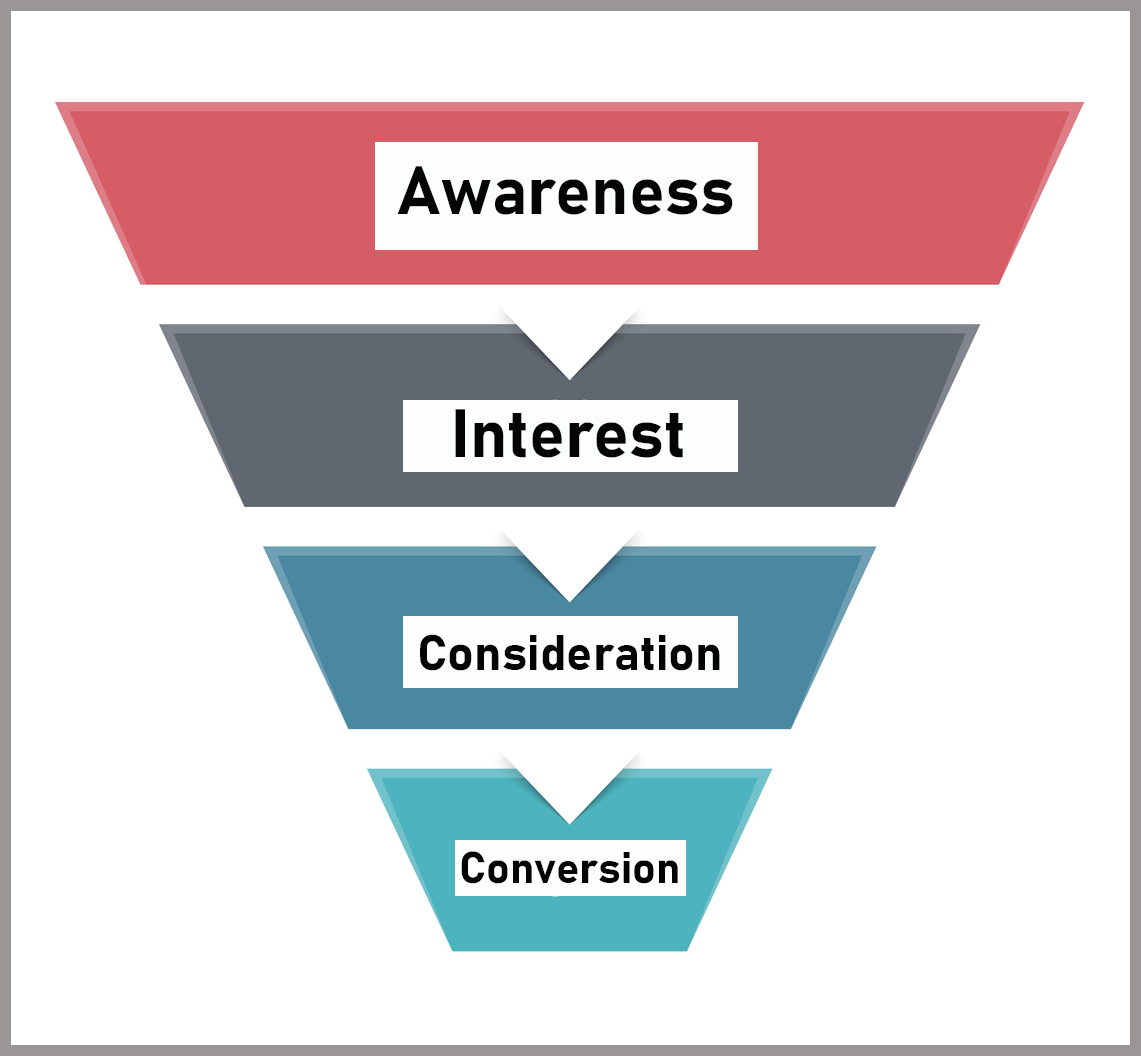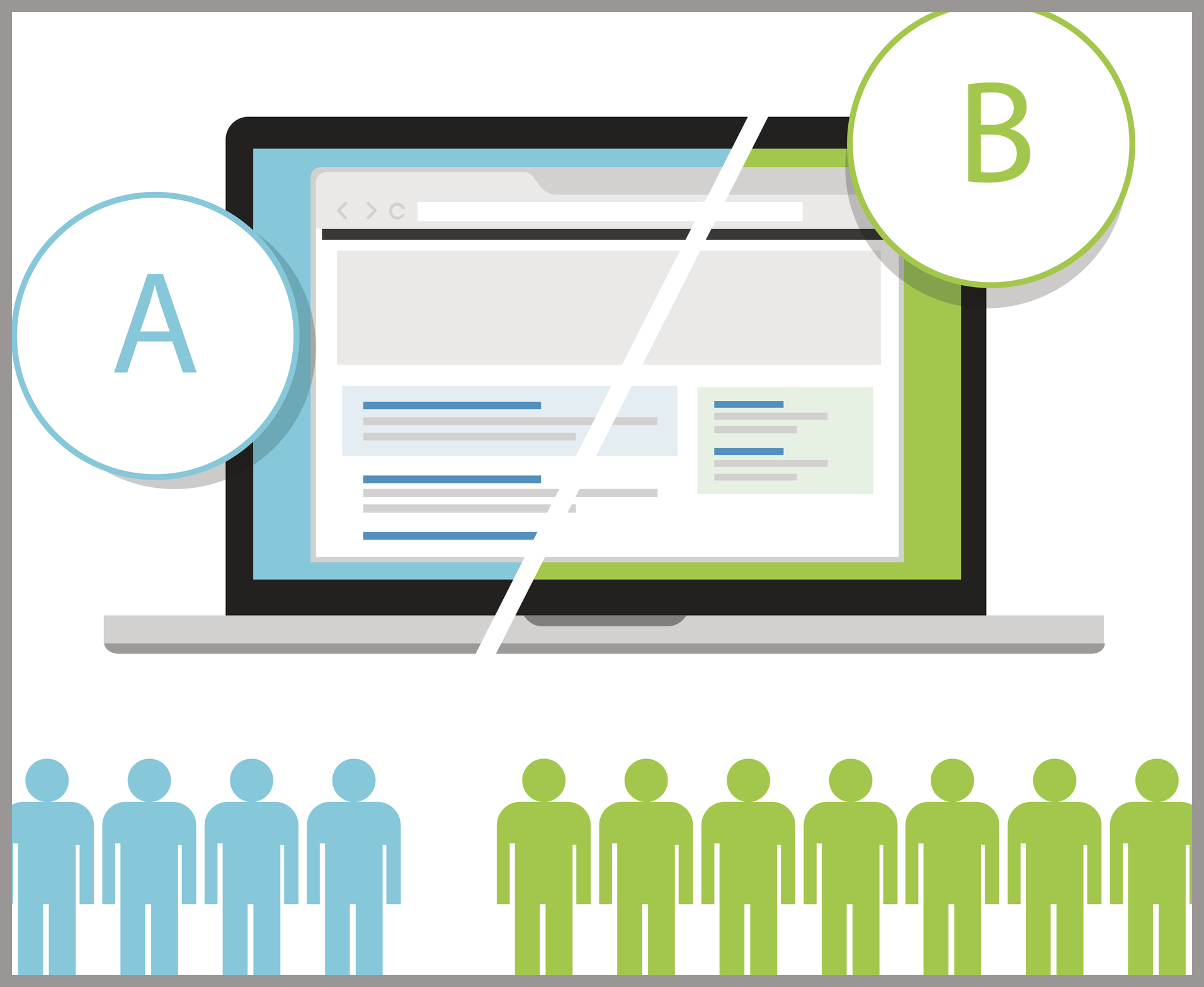Posted on 11/25/2019 in Digital Marketing
Increasing your website's conversion rate is one of the top concerns for most businesses. You may have good traffic, but that won't mean anything if it is not converting meaningful revenue. There are many variables that contribute to whether a visitor converts or not. Let's take a look at understanding what a conversion rate is and how to focus your strategy on improving it.
Conversion rate is the total number of conversions divided by the total number of visitors. For example, if I had a shoe website that receives 500 visits a month, and acquires 50 sales that month, the conversion rate would be 10% (50/500). A conversion can be determined by other actions like form fills, subscriptions, clicks on a button, downloads, and more. When you identify your key conversions on your website, calculate and analyze conversions, and optimize your website to improve conversion rates, this is known as conversion rate optimization (CRO). When asked- what is a good conversion rate? 3%, 5%, 7% or even 10%? This varies across different websites and marketing ads, but ideally, you should aim 4% or higher. In this blog, we will take a look at three easy ways you can improve your conversion rates.

Data Drives Decisions
Free tools like Google Analytics are essential in providing you key user metrics like sessions, pages hit, bounce rate, time on page, and conversion rates. Utilize Google Analytics or other reporting tools to gain visibility into your website traffic. Understand how users are navigating across the website, and analyze them as they are progressing to the conversion point. If you discover gaps in the user’s navigation, fix these issues to enhance the website journey. Data is a key driver in making informed decisions for your website changes, use it to improve your conversion rate.

Fix the Funnel
A general conversion funnel includes four primary segments- awareness, interest, consideration, and conversion- these four phases are crucial for your website optimization or content planning. If your content does not create awareness, engage their interest, motivate them to consider your product, and inspire them to convert, then you need to fix the funnel. Improve your conversion rate by assessing the current conversion funnel for your website end to end, remediate errors and pain points, and improve the user flow.

Experiment and Test
Have you heard of A/B testing? According to Google- “An A/B test is a randomized experiment using two or more variants of the same web page (A and B). Variant A is the original and variant B through each contain at least one element that is modified from the original.” Experimenting with your website to ensure users can successfully navigate through the content can help improve your conversion rate. Start simple- if there are top pages that users hit, analyze the metrics associated with those pages. Is there a piece of content you want to change? Are there Call to Action (CTA) links you want to experiment with? Do you want to update the forms on a page to have fewer fields? Experiment and test different website changes, determine what works best, and make updates to enhance user experience and improve conversion rates.
As you are working with your marketing and development team to create or update content on your website, be sure to keep these three different methods in mind to improve your conversion rates! If you are interested in learning more about how Wakefly can help you with your website strategy and improve your conversion rates, click on the link below and talk with a team member.
Looking for help with your Conversion Rates?
Our digital marketing team is ready to help you get started.
Related Articles

How Do I Optimize My Website for AI?
Why do you need to optimize your website for AI?AI-powered search engines like Google’s AI Overview, Perplexity, and tools such as Microsoft's [...]

Outdated or Outstanding? How to Tell If Your Website Needs a Refresh
Your website is the digital face of your business. It serves as a first impression, a marketing tool, and a resource for potential customers. [...]

Preparing a Website Redesign Budget for 2025: A Step-by-Step Guide
As we approach 2025, businesses are recognizing the necessity of a fresh, user-friendly website to stay competitive in a rapidly evolving digital [...]
